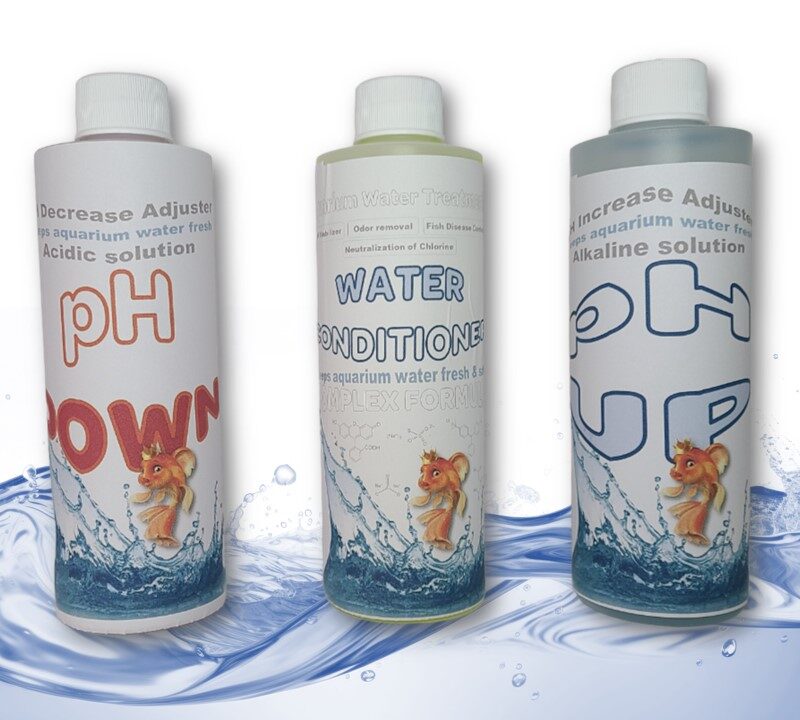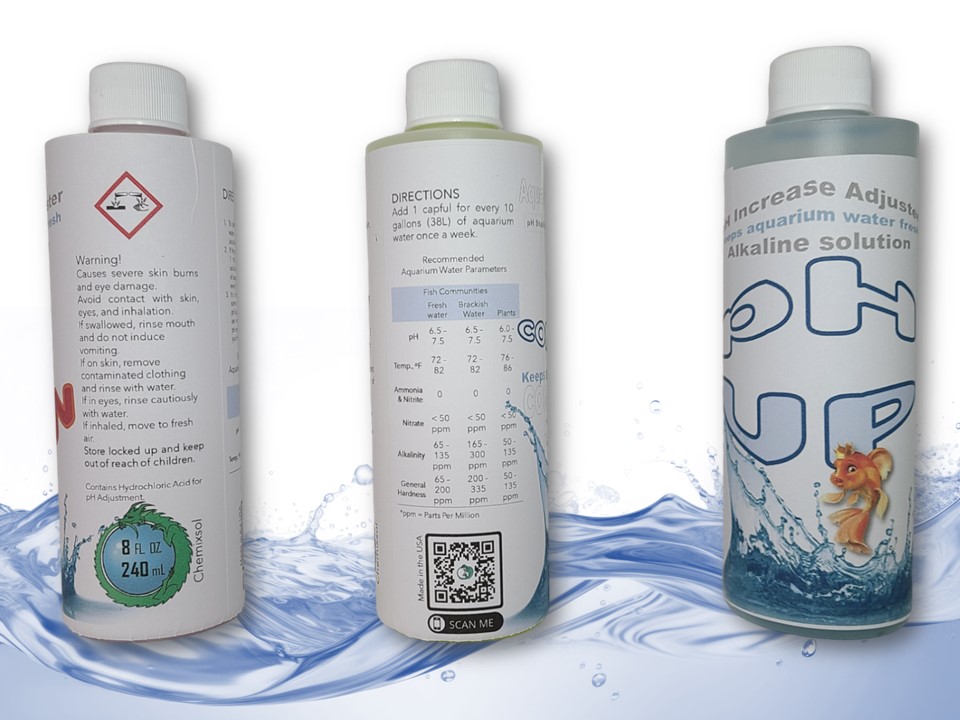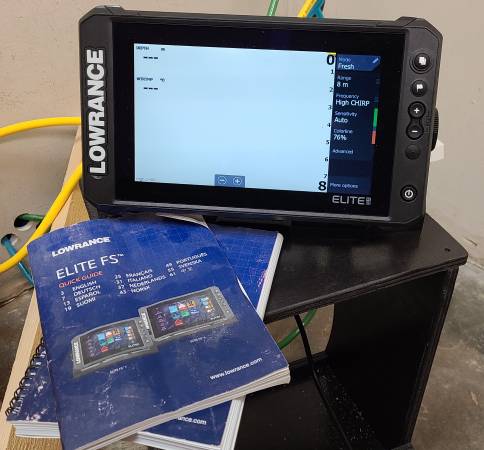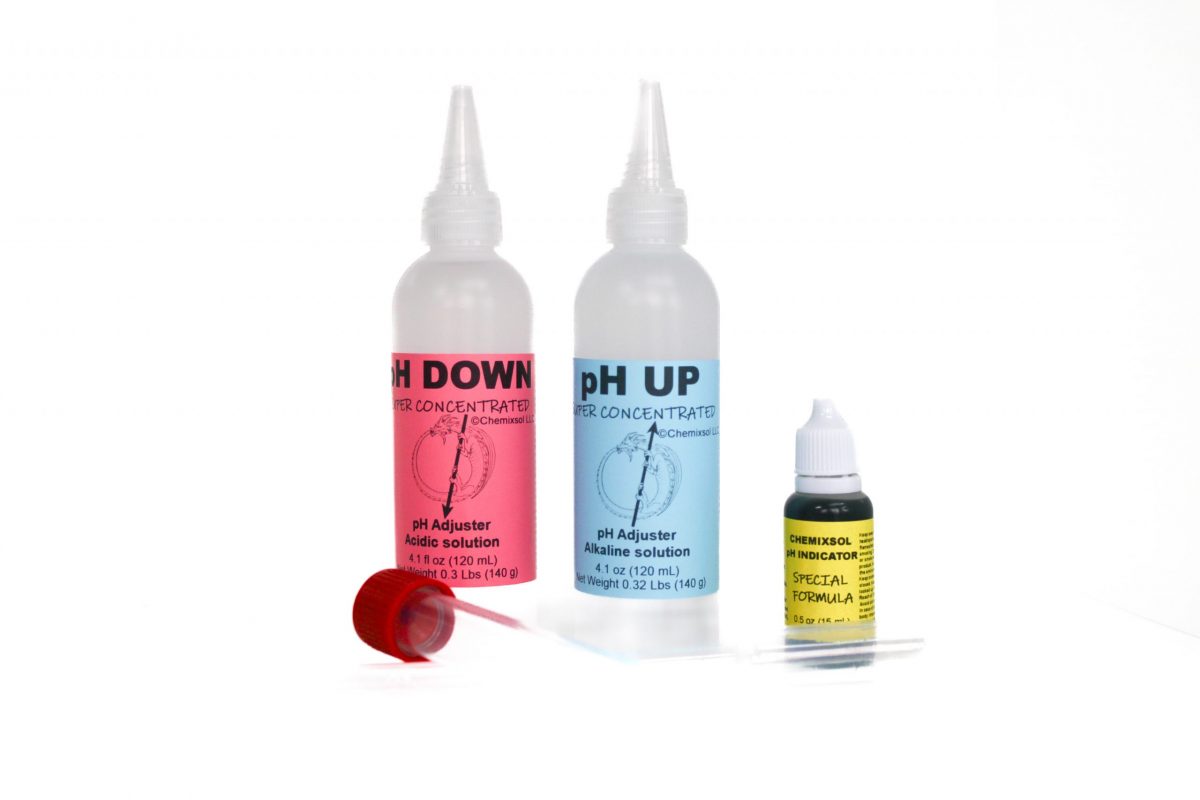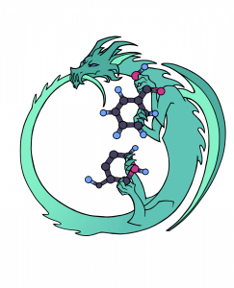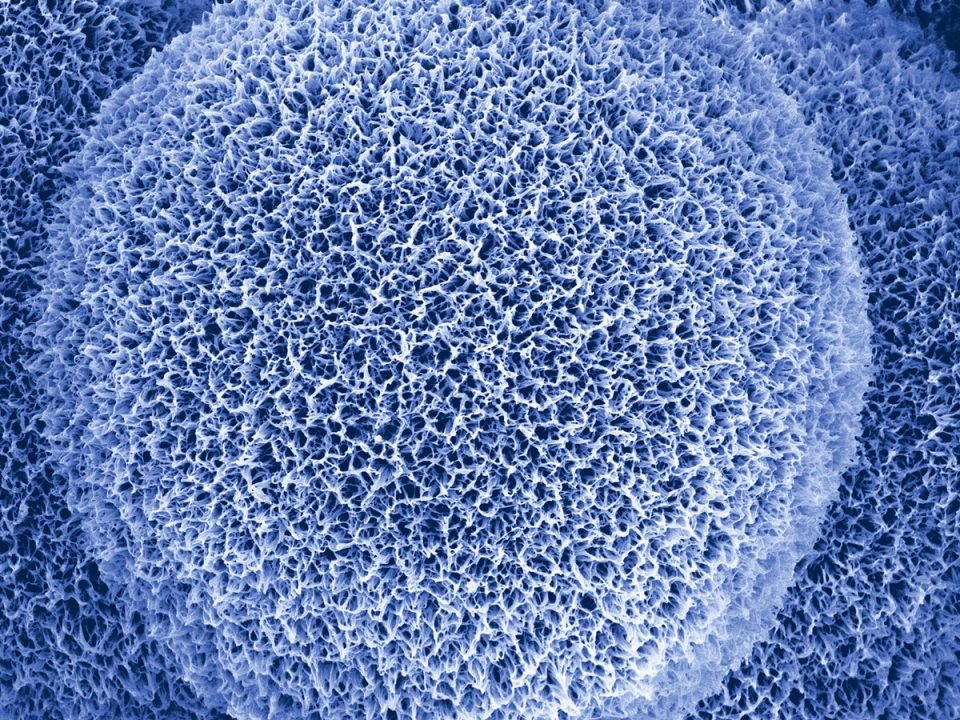
Working with Buffer Solutions in HPLC
October 20, 2023
Mixed-Mode HPLC Separations
December 7, 2023How Does HPLC Work?
HPLC is used to separate, quantify, or identify components in a mixture. The components are separated using column chromatography and then analyzed.
All forms of column chromatography work similarly. You pass your mobile phase (the liquid containing your mixture) through a stationary phase (a solid). The components will travel through the solid phase at different rates, which allows them to be separated over time.
Determining Your HPLC Column
You’ll need to establish if you’re performing normal-phase or reversed-phase HPLC. In normal-phase HPLC, the stationary phase is hydrophilic while the mobile phase is hydrophobic. But reversed-phase HPLC is far more common.
In reversed-phase HPLC, the mobile phase is hydrophilic while the stationary phase is hydrophobic. That means that molecules are eluted by decreasing polarity through the use of an organic solvent.
Base Packing Material
Silica gel is most common base packing material.
The surface has silanol groups, which are highly polar and can interact with non-polar molecules in your liquid phase. They can also serve as chemical bonding sites. And the large surface area offers a strong adsorptive capacity.
Silica particles are rigid, which helps them resist compaction. This is crucial when you’re using extremely high pressures for very small molecules. Low acidity silica is used to avoid interactions between bases and your liquid phase, improving peak shape.
Pore and Particle Size
The pore size you want is based on the molecular weight of your compound.
The smallest molecules should be less than 120Å.
Polypeptides and compounds with several proteins should be about 200-400Å.
Very high molecular weight proteins should be 1,000-4,000Å.
Particle size used 5 microns or little.
Smaller particles (little as <2microns) your columns will need to be shorter for standard equipment. A lot of this has to do with the increase in backpressure, which increases with both column length and decreased particle size.
Column Dimensions
The column dimension used to be standardized along with particle size (4.6 mm x 100 mm). If a higher resolution was required, 150 mm or 250 mm columns were used.
Smaller column dimension sizes are preferred because they are cheaper and use up less of your sample.
Reducing diameter can also result in much greater sensitivity. For example, halving the diameter can quadruple the sensitivity.
What is C18?
C18, C8, and C4 are all linear alkylsilane phases. C18 is octyldecylsilane and contains 18 carbons bound to the silica. So they have more carbons and a longer carbon chain than C8 (8 carbons) or C4 (4 carbons).
Because of the extra carbons, C18 has a larger surface area that the mobile phase has to travel across. This offers more interaction time between the bonded phase and the elutes. Thus the sample elutes more slowly and has more separation.
In contrast, C8 (also called octyl) is better for shorter retention time and provides sharper peaks. These column types are better for small organic compounds, while C18s are better for long-chain fatty acids and complex molecules.
Buy Your Perfect HPLC Column Today!
-
Agilent HP 1100 Series 6-piece HPLC System: MWD, QTRN Pump, with PC ChemStation
$4,500.00This Agilent HP 1100 Series HPLC System is a reliable and efficient tool for your lab needs. The system includes six pieces and comes with […]
-
Air Driven Liquid Pump SC (used)
$500.00SC HYDRAULIC ENGINEERING CORPORATION. Pump L3-195 Hyd Seals Standard (USED, 2019)
-
Chemixsol Super C: pH Adjuster Up and Down Control Kit
$18.90Chemixsol Super C: pH Adjuster Up and Down Control Kit for Hydroponics Soil and Feed Water Balanced Nutrient. Optimal Soil and Feed Water





